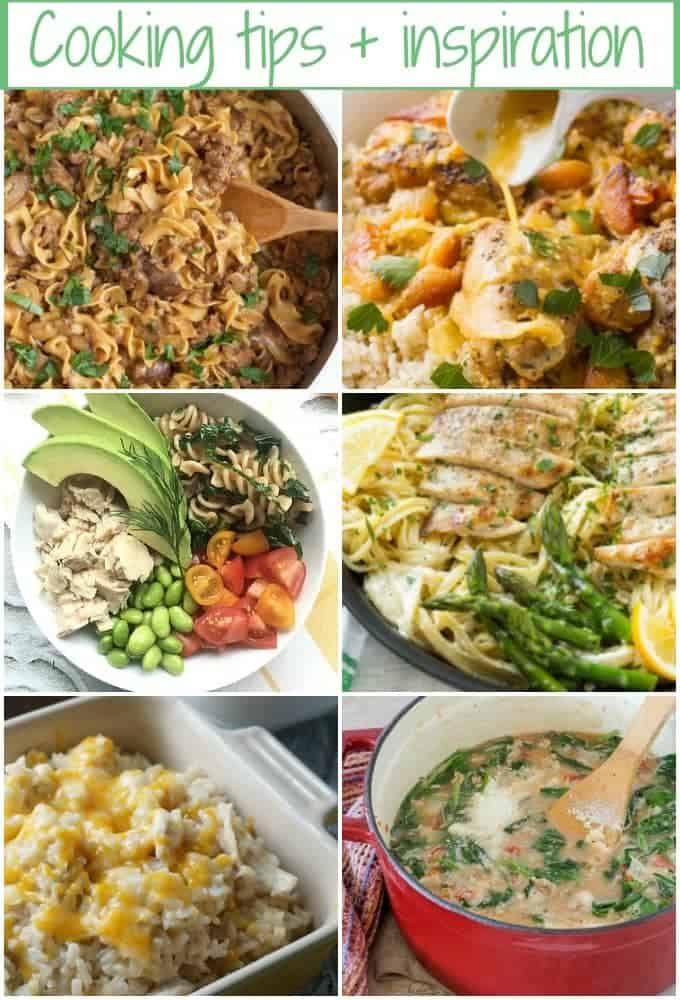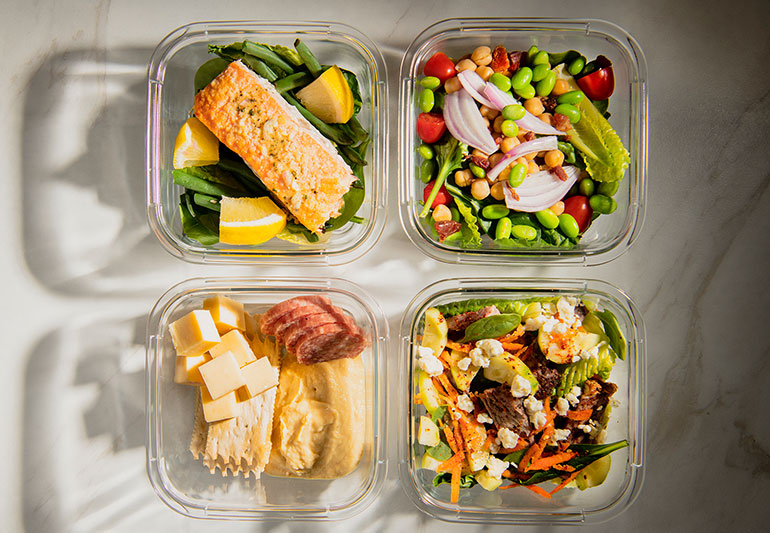
You should be able to create a simple, yet effective, cooking skills checklist for your kids. These skills include the ability to create creative recipes and ensure safety in the kitchen. These skills are vital for your child's development. Here are some tips. Here's a sample checklist:
List of essential culinary skills
The ability to properly prepare food is an essential skill for any chef. These skills include knowing how to determine the freshness of ingredients and prepare meats, fruits, or vegetables. They also know how to convert standard recipes into larger batches. Chefs must have good time management skills and a keen sense to smell and taste. Furthermore, they should be capable of properly handling knives and food equipment.
Sauteing can be used to cook a wide variety of foods. Sauteeing is a great way to make light sauteed veggies and shrimp with garlic butter. Braising is the oldest method of cooking. It involves boiling on an open flame. While it's a basic skill, it can still be very useful. You can learn how to boil a meal and become a great cook. Safety tips and how to use knives are also essential.
Creative recipes
When preparing a meal, creative recipes are very important to success. They not only showcase your creativity but also your skills. Creative thinking, also known by divergent thinking allows you to think out of the box to develop new ideas. This is a crucial skill in a cooking career as it allows for you to experiment with different cooking techniques and flavours and impress your customers. You can experiment with new flavors and impress your employer by using your creative mind. You can experiment with different flavors and come up creative themes for your meals. To improve your creativity, brainstorm and research cooking methods.

One problem with defining cooking skills, is that they are inconsistent. The authors are not able to agree on which skill is more important. However, they do agree that it should be redefined. The authors argue that the definitions of skills should evolve from the "Golden Age", when basic cooking skills were not sufficient. To create an increasingly healthy and vibrant future for food, we must support the evolution of these skills and their use.
Create a safe and secure environment in your kitchen
You must create a safe environment for staff in commercial kitchens. A commercial kitchen can pose a danger to your staff because of the presence of bacteria and electrical equipment. First, you need to make a plan for your kitchen's cleanliness. Second, ensure that safety equipment is in place. Also, make sure that children are supervised in the kitchen. Properly training employees and implementing a safety plan can go a long way to preventing accidents.
All kitchen staff must be trained in fire-safety and fire-resistance. Training in fire-safety is offered by local fire departments. Kitchen staff should know where fire blankets and fire extinguishers are, how to operate them, and how to manually initiate the fire-suppression system. Employees should be trained in CPR, first aid and other skills as necessary. When possible, kitchens should have non-slip flooring and mats.
Food safety hazards identified
Food safety hazards are an important part of any safety program. Identifying potential hazards is an important part of food safety, as it can prevent outbreaks of food poisoning and product recalls. Failure to do this can result in regulatory action and brand damage. Codex HACCP compliance is crucial for food businesses, and identifying hazards is a fundamental requirement.

There are many hazards that could be dangerous for humans. These hazards can be either natural or artificial, and they can come from plants or people. Different physical hazards may cause different degrees of injury or disease. These hazards may not be inherently dangerous. But they must be detected and eliminated before they can cause any harm. To find potential hazards, you must identify the source and then determine how to minimize it. You can also observe the product to identify the source of the danger.
FAQ
Do I need special equipment to cook?
You don't require any special equipment to learn how to cook. However, having the right tools can make cooking easier. A knife can be used instead of a fork when making pasta, or a whisk could be used to whip up stiff egg whites. You can make cooking more enjoyable and easier by having the right tools.
How do I get hired to cook?
You can get a job as a cook through word of mouth. Your friends and family members might know of a restaurant that needs additional staff. You might also find openings advertised on websites or bulletin boards by restaurants.
How long does it take to become chef? What Is the Average Career Path?
It takes five years to become a chef. In this period, you will learn basic cooking skills and experience as a kitchen assistant. After you've completed your training you can apply to be a line cook or sous chef. A chef can earn between $25,000 and $60,000 annually.
How long does learning to cook take? How long do I need to learn to cook?
It all depends on what level of skill you have. Some people can pick up basic cooking techniques within a day or two. Others may take months or years to master the basics of cooking.
There are many factors that affect the time required to learn how cook. For example, someone who has never cooked before would probably need more time than someone who cooks regularly. You may also need more experience with certain types of cooking than others. For instance, baking requires more knowledge than frying.
Focusing on a particular technique is the best way to speed up your cooking skills. After mastering one technique, you can move on to the next. You don't need to worry about how many days or weeks it took to learn how to cook. You can just keep at it and enjoy the process.
How to become a chef
There are many paths to becoming a chef. Start by enrolling in a class at a vocational school or community college. Then, look into attending culinary school. Finally, you can take a paid internship.
How can I cook like a professional?
Cooking can be a great way for you to grow as a person. Cooking healthy meals for your family and friends is a great way of increasing self-confidence and learning new skills. If you want to be able to cook well, then start cooking at home. Finding out your favorite recipes is the first step. You can then read books about other cuisines like Mexican, Chinese and Italian. Finally, try making different dishes until it becomes second nature.
Which career path is best for someone who wants a career as a chef or chef? How do I get started as a chef?
Apprenticeships are a great way to get started if you want to become a chef. Apprenticeships are a way to earn a living while you learn. You can apply to become a sous-chef after you have completed your apprenticeship. Sous chefs supervise cooks and assist them with tasks like making salads and desserts. They also supervise the operation of the restaurant.
Statistics
- The median pay for a chef or head cook is $53,380 per year or $25.66/hour, according to the U.S. Bureau of Labor Statistics (BLS). (learnhowtobecome.org)
- under 10 Kids have been taught that there is special food just for them, and Fiese says that 10 percent of kids will throw a tantrum if they don't get the food they want. (washingtonpost.com)
- In the United States, the category is estimated at $23.2 billion annually and is growing faster than the market. (washingtonpost.com)
External Links
How To
How to make a perfect omelet
Omelets are one of my favorite foods to eat at breakfast. How do you make them perfect? Many different recipes and methods have failed to work for me. So I am sharing some tips and tricks today to help you make fluffy, delicious omelets every morning.
It is important to know that eggs can be temperamental when making omelets. They must be fresh, preferably from the organic market, and be kept cold until cooking. The yolks and whites will not form properly if they aren't kept cold enough. This will make your omelets appear strangely colored. If you intend to cook your eggs immediately, it's best to use room-temperature egg.
You might also try separating the egg before adding to the pan. You don't want any white to get mixed up with the yolk because this could cause the omelet to curdle.
You might burn the bottom of the egg if you place the egg directly on the stovetop. This could ruin the texture of your omelet. Instead, heat the egg in a microwave for 10 seconds and then place it in a pan. The microwave heat cooks the eggs just right without overcooking them.
Next, let's talk about mixing the eggs. You want to mix the eggs thoroughly before you add them. You need to turn the bowl of the mixer upside down. Next, shake the bowl vigorously. This will whip the air around the bowl and mix the egg well.
Now comes the fun part - pouring the milk into the mixture. Mix half of the milk with the eggs. Then fold the eggs in half into the remaining milk. Do not worry if you see streaks of egg; they will disappear when the omelet is flipped.
After folding the eggs fold the pan onto medium heat. When the oil starts to hot, wait for the pan to cook. Once the oil has gotten hot, add 1/4 cup of butter and swirl it around so that the entire pan is coated. Now carefully crack open the lid of the pan and sprinkle salt into the pan. A pinch of salt will prevent your omelet from sticking in the pan.
Cover the pan once the omelet is formed and allow it to cool completely. Flip the omelet upside down or with a spatula. Cook the opposite side for another minute. Serve immediately after removing the omelet from its pan.
This recipe works best when you use whole milk.